Disney Should Start Following Cinderella's Example And Celebrate Femininity
Disney live-action remakes aren’t always well-received, but everyone seems to ignore how good the 2015 live-action “Cinderella” is.
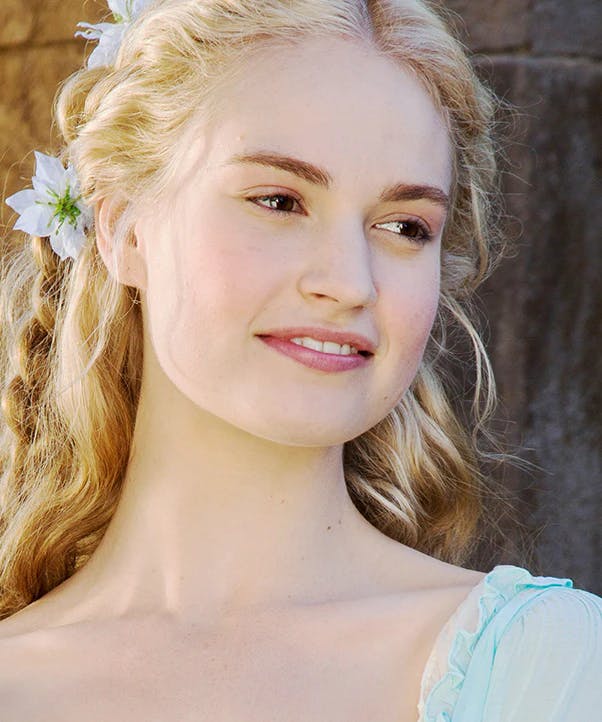
I think it’s safe to argue that this is the strongest of Disney’s live-action remakes, and it doesn’t get enough credit for how good it is. It not only adds more depth to the original tale, but it’s also a celebration of feminine strength. In an age where bitterness is seen as cool, we should be celebrating a tale that embraces traditionally feminine traits like kindness as strengths instead of weaknesses.
They Don't Glorify the Villain
Disney has become obsessed lately with "redeeming" their classic villains. Look at the Maleficent movies and the Villains book series by Serena Valentino, or upcoming projects like the Gaston tv show. Don’t get me wrong, I get the appeal of finding villains fascinating. One of my all-time favorite characters is Draco Malfoy from Harry Potter because I’m fascinated with the psychology behind the character. However, there’s a line between finding these characters intriguing (similar to why we find true crime stories so fascinating) and glorifying these characters over the heroes.
A perfect example of this phenomenon is the modern feminist’s admiration of Ursula from The Little Mermaid. Katherine Cusumano of Bustle writes, “Ursula contrasts with Ariel's demure propriety — when her father tells her to obey his word, he successfully silences her — with her unabashed sexuality… ‘It's she who holds her tongue who gets her man,’ Ursula sings in ‘Poor Unfortunate Souls.’ She doesn't offer this as advice, though; Ursula refuses to be silenced. Even further, she expands her voice by stealing the songs of those who think their bodies more important than their mode of expression.”
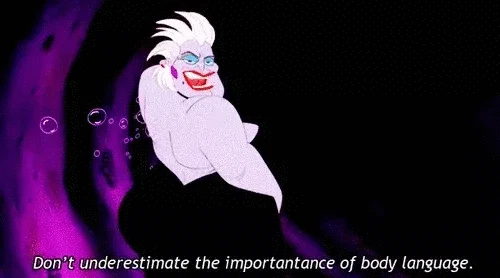
Cusumano continues, “When Ariel signs away her voice, she unwittingly signs away her power. Ursula transforms into a beautiful human rival to the mute Ariel in an effort to win Prince Eric away from the mer-princess, and it's her siren song that attracts him even more than her good looks. The woman who doesn't keep her silence threatens to come out on top.”
The current narrative is that Ursula isn’t the villain. She’s a feminist anti-hero. She’s the complete opposite of the sweet and naive Ariel, using power and sexuality to get what she wants by any means necessary. I always thought Ursula's hatred towards Ariel was misogynistic and cruel, but I digress.
The villain is still the villain in Cinderella.
The live-action version of Cinderella doesn’t portray Lady Tremaine as a feminist anti-hero. Though the film allows the audience to feel sympathetic towards her after losing two husbands, she’s still the villain in the end.
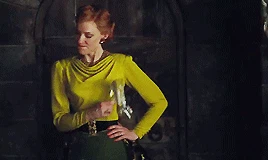
Cinderella’s kindness emerges as superior to Lady Tremaine’s cruelty when she forgives her for all of the abuse and humiliation she put her through. Cinderella could have easily left Lady Tremaine behind without forgiving her, but her forgiveness shows the strength behind kindness. This proves that Lady Tremaine isn’t strong for her cold demeanor, but weak and bitter.
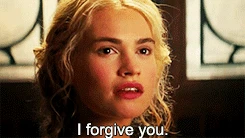
Instead, Cinderella’s Feminine Traits Are Her Strength
The live-action remake gives Cinderella (Lily James) a stronger backstory. It begins with her as a child living with her parents. Her mother falls ill, and before she dies, she makes Cinderella promise her to always “have courage and be kind.” She recognizes that Cinderella’s kindness can easily be taken advantage of (foreshadowing what’s to come), but reminds her that kindness is more powerful than she realizes.
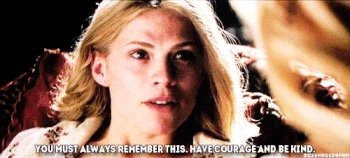
A few years after her mother’s death, Cinderella’s father marries Lady Tremaine (Cate Blanchett), who becomes her stepmother. She brings along her two daughters, Anastasia (Holliday Grainger) and Drisella (Sophie McShera), who becomes her new stepsisters. It doesn’t take long to establish that this is a marriage of convenience instead of a marriage for love. Cinderella’s father’s heart is clearly still with her mother, and he gives the majority of his attention to Cinderella. He sees marrying Lady Tremaine as a way to help a recently widowed woman get back on her feet, and Lady Tremaine envies how he cares for Cinderella.
Cinderella’s kindness contrasts with her stepfamily’s selfishness and cruelty.
When Cinderella’s father leaves for a work trip, he asks the girls what they would like as gifts when he returns. Anastasia and Drisella ask for material things, while Cinderella asks for the first branch to brush against his arm, so he will have something to remind him of her throughout his trip. This is an early example of showing that Cinderella is genuine and kind, while Anastasia and Drisella are shallow and materialistic.
Unfortunately, Cinderella’s father dies on his trip, leaving his footman to deliver the branch to Cinderella, and Anastasia and Drisella go without receiving gifts. Lady Tremaine, Anastasia, and Drisella quickly use this as an opportunity to take advantage of Cinderella’s kindness. They force her to be their servant, deprive her of food, and treat her cruelly on a daily basis.
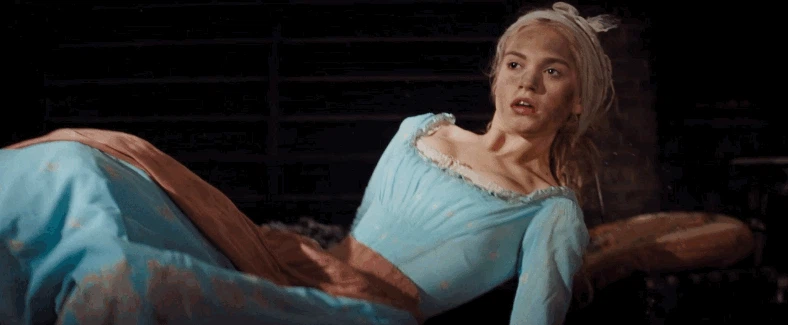
The three women see Cinderella’s kindness as a threat and are still envious of how loved she was by her father, so they try to break her down by abusing her. However, Cinderella uses her kindness to keep her from becoming bitter and refuses to leave her family home to her stepfamily.
Although it would have been easier for her to give up amid abuse, she refuses to let her stepfamily get the best of her. She uses her traditionally feminine traits of kindness and courage to stay strong.
The life-changing power of kindness.
This sentiment is also seen when Lady Tremaine realizes that the Prince has fallen for Cinderella. She recognizes that he sees the kindness in Cinderella as beautiful, and sees her daughters as ugly, materialistic, and unkind.
It goes against the narrative that Cinderella is a passive and antifeminist character. The Cheetah Girls song suggests that Cinderella is, “sitting in a dark, cold, dusty cellar, waiting for somebody to come and set her free,” but the live-action version shows that Cinderella’s kindness and strength are what attracts the Prince to her and leads her to a happily ever after.
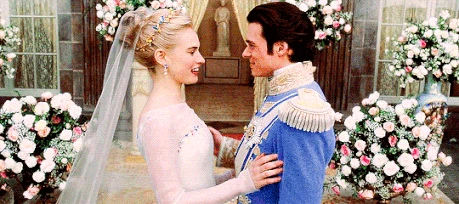
The Romance Between Cinderella and Prince Kit
The relationship between Cinderella and Prince Kit (Richard Madden) is the most beautiful love story I’ve seen in a Disney live-action remake. The chemistry between James and Madden is incomparable, and the scene where the lovebirds first meet will make your heart melt.
It could have to do with the fact that I’m a hopeless romantic, but I never get tired of watching this scene. Though Kit is obviously attracted to Cinderella’s beauty, her kind heart is what wins him over. He even hides his identity from her, afraid she would see him as a prince over who he is as a man.
This leads Kit on a quest to find her, extending invitations to every young woman in the kingdom, in hopes to find the beautiful girl who stole his heart in the forest. When his mystery girl arrives at the ball, everyone can’t help but notice that he’s smitten.
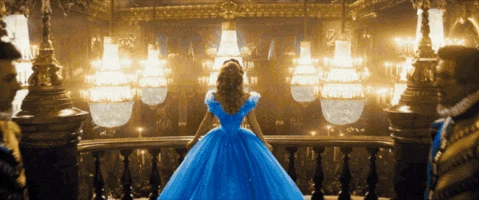
Though Cinderella is attracted to Kit for his physical appearance (I mean, who isn’t enchanted by Richard Madden?), she also admires his humble spirit. This adds more depth to the original film, where Prince Charming has no backstory or personality. It also shows how the traditionally feminine traits of Cinderella and the traditionally masculine traits of Kit complement each other, leading to a beautiful and heartwarming romance.
Closing Thoughts
Disney’s 2015 live-action remake of Cinderella is a celebration of feminine traits and strength. In an era where characters like Ursula are seen as more moral and virtuous than Disney heroines, it’s important to acknowledge how this movie shows that kindness is not only strong and powerful, but can also lead you to your happily ever after.